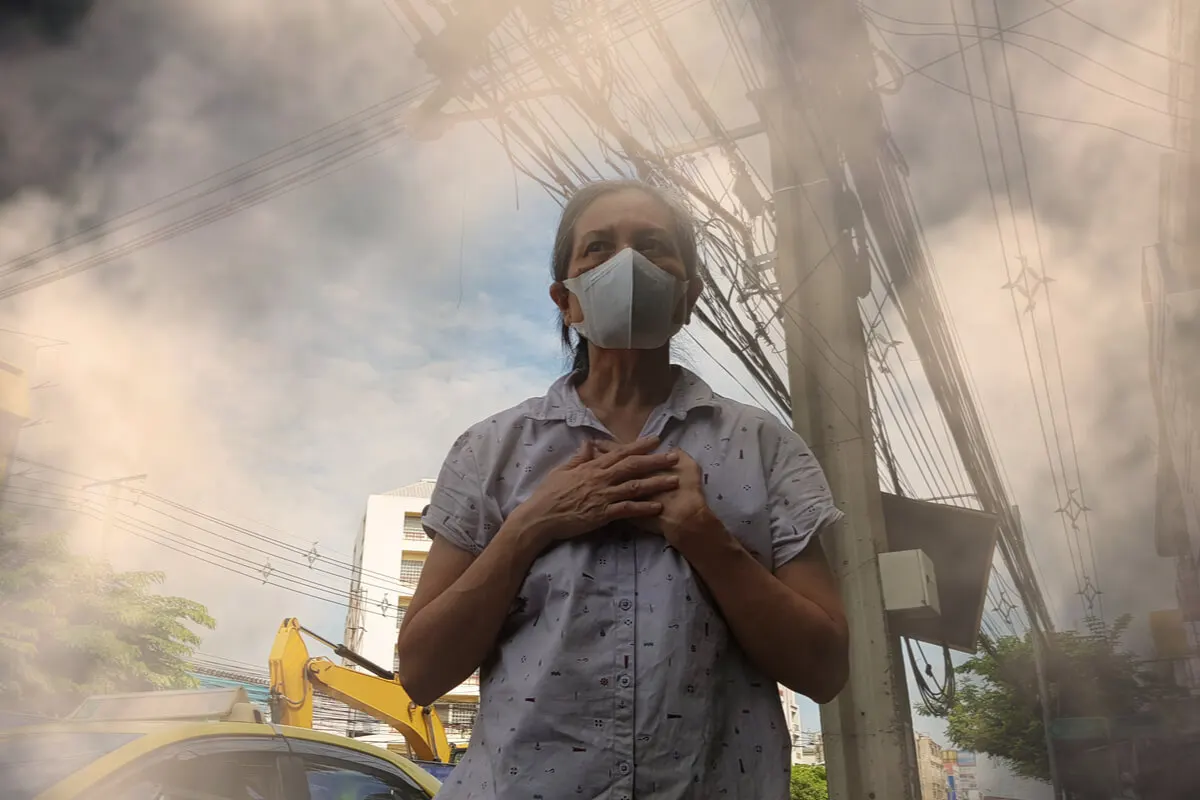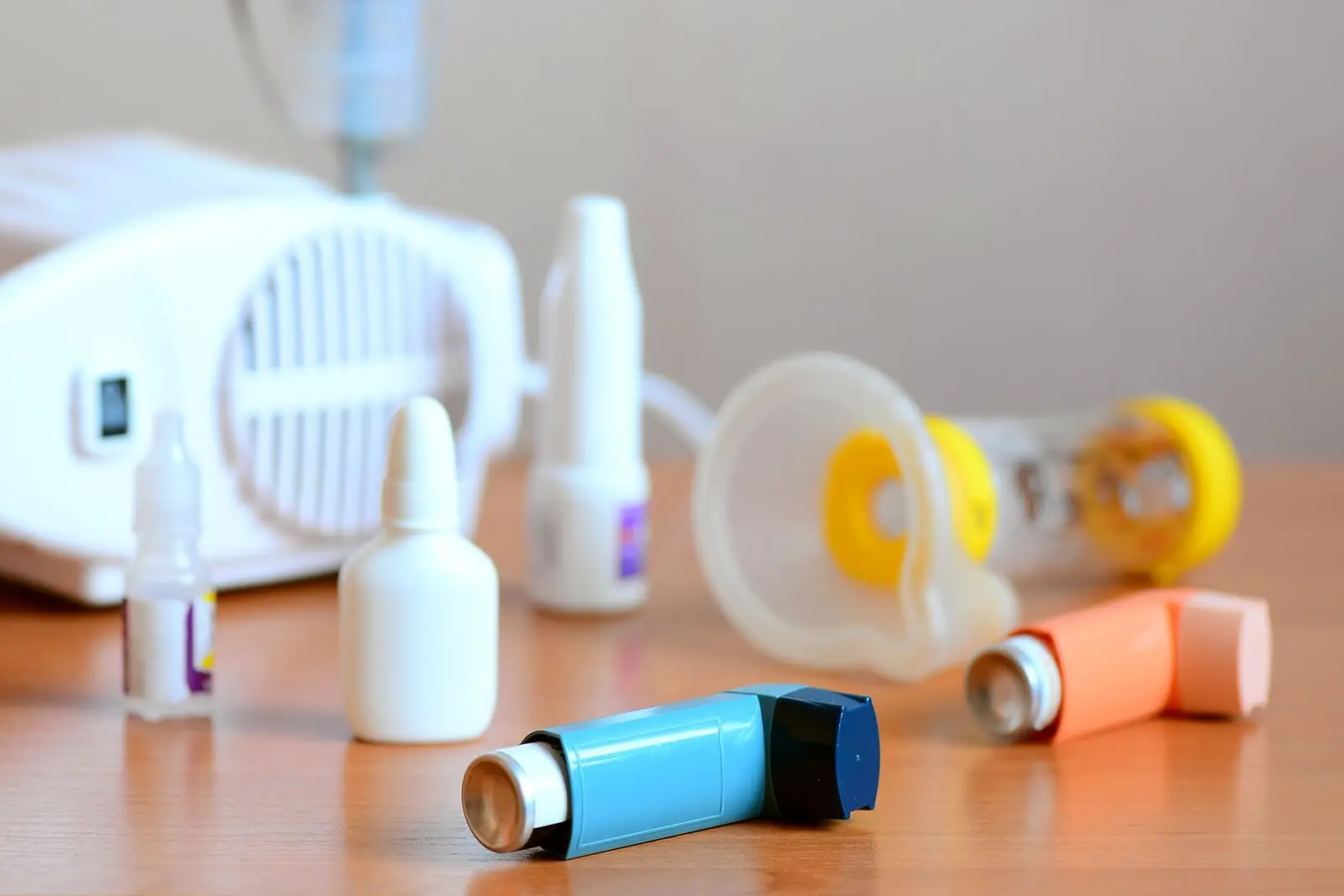Should Gas Stoves Be Regulated? These Are Their Main Health Risks


Written and verified by the doctor Leonardo Biolatto
In the United States, a public debate has begun on the need to regulate gas stoves for home use. According to some involved in the issue, they aren’t a safe appliance for family environments and more restrictive legislation should be introduced.
However, apart from the discussion that has taken over social networks, the Consumer Product Safety Commission (CPSC) clarified that there’s no current restriction. Analyses of the conditions that could increase the risks are being carried out, but they haven’t been concluded and there doesn’t seem to be a definite bill, for the time being.
Even so, scientists have published some conclusions over the last year that have raised the level of alarm. On the one hand, the Harvard School of Public Health reported that volatile chemicals in natural gas may be linked to chronic diseases. The results can be reviewed in the article that came out in 2022.
Similarly, Gruenwald et al. found that indoor gas stoves may account for part of the U.S. childhood asthmatic population. According to their projections, removing these appliances from homes would prevent up to 20% of newly diagnosed cases.
The CPSC is investigating gas emissions in stoves and exploring new ways to address any health risks.
What would be the risk of not regulating gas stoves?
When burning, gas stoves cause chemical changes. These changes lead to an increased production of certain substances that can be harmful. Among them, nitrogen dioxide or NO2.
In fact, NO2 forms a family of gases that have been evaluated for decades for their impact on health. In addition to gas stoves, they appear in the air when motor vehicle combustion occurs and when there are forest fires.
NO2 gives rise to a suspension of tiny particles known as PM2.5 (fine particulate matter). Inhalation by humans has an impact on the respiratory system, altering the functionality of the lungs.
NO2 and PM2.5 chronically inflame the respiratory tract.
This is why the World Health Organization (WHO) establishes exposure limits that are considered “not harmful” to the general population. All of these maximum values have been included in the WHO Air Quality Guidelines. However, experts have already declared in official media that the application in large cities is very poor.

Methane exhaust
Methane is another worrying element in this context. Regulating gas stoves would also imply analyzing the possible leakage of this substance, which tends to leak even when the appliance is turned off.
From environmental research in large cities, we know that methane has an influence on the prevalence of respiratory problems in communities. Its high concentration increases cases of asthma and chronic cough.
This release of gas would have a greater negative effect on lower-income households, where the stoves are installed in cramped, poorly ventilated environments. Long-term accumulation would exacerbate the presence of the toxic substances in the air and in the respiratory tract.
Childhood asthma and air pollution
Of all new cases of childhood asthma detected, 13% are attributable to air pollution. This has been established by the Chilean Society of Pediatric Pneumology.
This includes all sources of gas emissions into the atmosphere. But, by transferring the model to homes, it can be inferred that the concentration of these substances inside a house would be sufficient to replicate the problem on a smaller scale.
This is what Gruenwald and his collaborators analyzed in the publication mentioned at the beginning. The future problem, according to the authors, is that almost half of U.S. households cook with gas, so it’s to be expected that this link will persist and even increase the incidence of asthma.
Research in other countries has emphasized that NO2, ozone, and PM2.5 in the air lead to the onset of asthmatic symptoms early in childhood and adolescence.

What should we do with our gas stoves?
For the time being, there are no plans to regulate gas stoves through any specific law. There are general recommendations about them and some initiatives in the United States to receive a reimbursement if they’re replaced by an electric appliance.
When cooking with these stoves, it’s necessary to check that the ventilation of the area is adequate. If in doubt, it’s best to open a window to promote mixing with outside air.
If you rent a home with a gas stove, you should also check that the landlord has complied with local laws to regulate the area. Almost all countries stipulate how many vents there should be, the size of the vents, and the ideal location.
It’s also possible to combine cooking methods so that natural gas isn’t used exclusively. If you have an electric oven, microwave, or electric kettle, you can divide the tasks to favor other types of energy.
Having someone with asthma in the family is a primary reason to follow these tips seriously. The aim is to reduce the risk factors that could lead to an acute asthma attack.
The same applies to pregnant women and young children. These people are much more susceptible to the effect of air pollution with noxious gases.
All cited sources were thoroughly reviewed by our team to ensure their quality, reliability, currency, and validity. The bibliography of this article was considered reliable and of academic or scientific accuracy.
- Carvalho, H. (2021). New WHO global air quality guidelines: more pressure on nations to reduce air pollution levels. The Lancet Planetary Health, 5(11), e760-e761.
- De La Cruz Coelho, K. I. Emisión de metano en la incidencia de enfermedades respiratorias en la población circundante al vertedero municipal de residuos sólidos De Pucallpa, Ucayali-2017.
- Gruenwald, T., Seals, B. A., Knibbs, L. D., & Hosgood, H. D. (2023). Population Attributable Fraction of Gas Stoves and Childhood Asthma in the United States. International Journal of Environmental Research and Public Health, 20(1), 75.
- Matus Correa, P., Díaz Aranda, M., & GonzálezRiquelme, F. (2021). Contaminación atmosférica por dióxidos de nitrógeno en Región Metropolitana y su impacto sobre la salud. Revista médica de Chile, 149(10), 1391-1398.
- Michanowicz, D. R., Dayalu, A., Nordgaard, C. L., Buonocore, J. J., Fairchild, M. W., Ackley, R., … & Spengler, J. D. (2022). Home is where the pipeline ends: characterization of volatile organic compounds present in natural gas at the point of the residential end user. Environmental science & technology, 56(14), 10258-10268.
- Moreno, O. B. (2021). Contaminación del aire y asma. Revista de asma, 5(3).
- Ubilla, C., & Yohannessen, K. (2021). Contaminación atmosférica y asma en niños. Neumología Pediátrica, 16(4), 164-166.
- Velasco, R. P., & Jarosińska, D. (2022). Update of the WHO global air quality guidelines: Systematic reviews–An introduction. Environment International, 170, 107556.
This text is provided for informational purposes only and does not replace consultation with a professional. If in doubt, consult your specialist.








